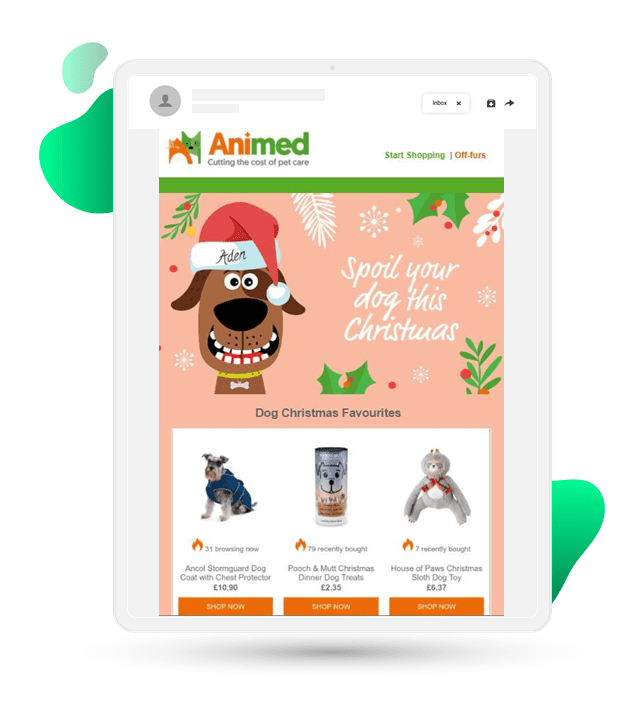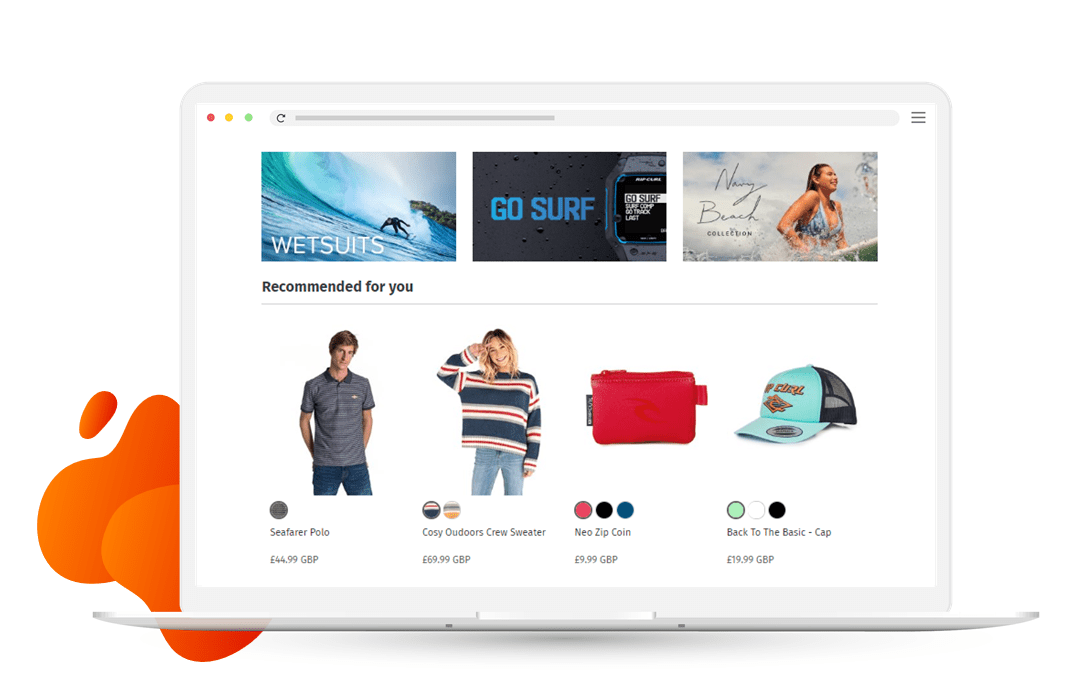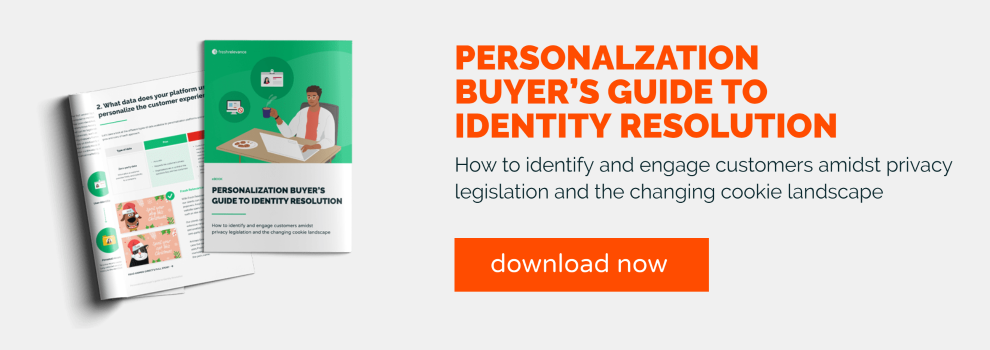It’s no surprise that your personalization efforts will only ever be as good as the data behind it.
With four main types of data available to personalization platforms to power personalized experiences, let’s assess the pros and cons of each approach.
1) Zero-Party Data
Zero-party data is information a customer provides freely and explicitly to a company.
Pros:
This data is accurate, and respects the customer’s privacy. The organization is also in control of the questions they ask customers, so the data can be as specific or broad as you need it to be.
Cons:
Customers expect something in return for the information they have provided, so companies will need to meet these expectations and personalize their marketing accordingly. In fact, almost 1 in 4 consumers (21%) get annoyed by marketing emails that ignore the zero-party data they provided, so it’s important to consider whether you can deliver a personalized experience before collecting zero-party data.
There is also potentially a disconnect between the answers a customer gives and what they actually think. Research from Forrester suggests that customers might be overwhelmed when asked to provide too much information at one time, which might lead to them inputting false information just to get through the process.
Fresh Relevance’s approach
With Fresh Relevance’s data capture functionality, our clients can capture zero-party data using onsite popovers. Fresh Relevance can also read options website users have selected for filtering products, such as size and color.
Our clients can then use Fresh Relevance’s extensive range of personalization tools to personalize the customer experience using the zero-party data they have provided.
Animed Direct captures zero-party data – in this case the name of their customers’ pets – and uses Fresh Relevance to personalize their email marketing with dynamic hero banners that pull in the pet’s name.

2) First-Party Data
This customer data is information including behaviors, actions and interests collected on your proprietary domains.
Pros:
This is unique data and it belongs to your business. It’s free and so doesn’t need to be purchased from another company. You know it’s reliable because you know the source of the data.
It’s also a highly lucrative approach. A study from Google and Boston Consulting Group found that businesses using first-party data for key marketing functions achieve up to a 2.9 times revenue uplift and a 1.5 times increase in cost savings.
Cons:
It can be time-consuming to collect enough first-party data for it to be valuable.
It is also important to remember that IP addresses are considered as PII in several jurisdictions, for example under GDPR, so take care about what data you store for individuals.
Fresh Relevance’s approach
Fresh Relevance uses first-party data to provide our clients with real-time behavior and insight combined with the functionality to use those insights to personalize the customer experience.
Rip Curl uses customers’ past purchase and browse data to display personalized product recommendations on their homepage. These include products that were bought by similar customers, as well as frequently purchased items.
Fresh Relevance collects the IP address for visitors but will then establish the location (at reduced precision) and then discard the original IP address to comply with privacy legislation.

3) Second-Party Data
Second-party data is data specifically gathered by business partners, with contracted data sharing agreements, where the consumers are fully aware that their data will be shared and have given free and specific consent.
Pros:
This tactic allows you to enlarge your pool of first-party data.
Cons:
This is an expensive way to collect data and it is hard to set up and maintain the contractual agreements.
It also requires great care and legal advice under data protection regulations, such as the GDPR and CCPA.
Fresh Relevance’s approach
Fresh Relevance permits you to load second-party data into the system via the same import mechanisms as are available for first-party data.
4) Third-Party Data
Third-party data is aggregated data collected from multiple sources which is then packaged and sold, typically, via a data exchange.
Pros:
The size and scope of data you collect is huge.
Cons:
There are potential issues with quality, since data comes from multiple sources. It is also not as exclusive as other organizations can have access to the same data. There could be potential compliance issues as it can be difficult to ascertain whether third-party data has been collected in a compliant manner, and it’s risky or simply not permitted under data protection regulations such as the GDPR and CCPA.
Fresh Relevance’s approach
Fresh Relevance does not use third-party data.
Learn more: Why Fresh Relevance isn’t affected by third-party cookie blocking
Best solution
The best solution to look for is a personalization platform that uses a combination of zero-party and first-party data to power your personalization, such as Fresh Relevance, steering clear of solutions that rely on third-party data.
Download the Personalization Buyer’s Guide to Identity Resolution to learn more about the types of data collected for personalization and discover how to identify and engage customers amidst privacy legislation and the changing cookie landscape.






